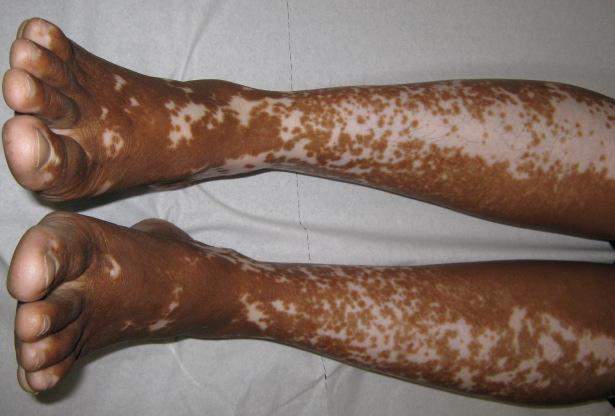Team:Stockholm/Ideas
From 2010.igem.org
NinaSchiller (Talk | contribs) (→Ideas) |
|||
| (5 intermediate revisions not shown) | |||
| Line 1: | Line 1: | ||
<html> | <html> | ||
| + | |||
| + | <!--- start google analytics igem.se ---> | ||
| + | |||
| + | <script type="text/javascript"> | ||
| + | var gaJsHost = (("https:" == document.location.protocol) ? "https://ssl." : "http://www."); | ||
| + | document.write(unescape("%3Cscript src='" + gaJsHost + "google-analytics.com/ga.js' type='text/javascript'%3E%3C/script%3E")); | ||
| + | </script> | ||
| + | <script type="text/javascript"> | ||
| + | try { | ||
| + | var pageTracker = _gat._getTracker("UA-16294882-1"); | ||
| + | pageTracker._trackPageview(); | ||
| + | } catch(err) {}</script> | ||
| + | |||
| + | <!--- end google analytics igem.se ---> | ||
| + | |||
| + | |||
| + | <!--- start google analytics https://2010.igem.org/Team:Stockholm ---> | ||
| + | |||
| + | <script type="text/javascript"> | ||
| + | var gaJsHost = (("https:" == document.location.protocol) ? "https://ssl." : "http://www."); | ||
| + | document.write(unescape("%3Cscript src='" + gaJsHost + "google-analytics.com/ga.js' type='text/javascript'%3E%3C/script%3E")); | ||
| + | </script> | ||
| + | <script type="text/javascript"> | ||
| + | try { | ||
| + | var pageTracker = _gat._getTracker("UA-16294882-2"); | ||
| + | pageTracker._trackPageview(); | ||
| + | } catch(err) {}</script> | ||
| + | |||
| + | <!--- end google analytics https://2010.igem.org/Team:Stockholm ---> | ||
| + | |||
<style type="text/css"> | <style type="text/css"> | ||
body {background-color:#002F5F;} | body {background-color:#002F5F;} | ||
| Line 17: | Line 47: | ||
|} | |} | ||
| - | == | + | ==Idea== |
| - | + | We have discussed a lot of different ideas during the startup of our iGEM-project, after much work we have decided to focus our attention on the skin disorder Vitiligo. We have discussed our specific idea with two leading Vitiligo-scientists in Sweden, both have shown us full support to go ahead with our idea (Mats J. Olsson & Håkan Hedstrand, Uppsala University). We have also been given a grant from the Swedish Vitiligo association (http://www.vitiligoforbundet.se/) | |
| Line 29: | Line 59: | ||
Picture taken from: http://wikimediafoundation.org/wiki/File:Vitiligo.jpg GNU version 1.2 License | Picture taken from: http://wikimediafoundation.org/wiki/File:Vitiligo.jpg GNU version 1.2 License | ||
| - | |||
| - | |||
| - | |||
| - | |||
| - | |||
| - | |||
| - | |||
| - | |||
| - | |||
| - | |||
| - | |||
| - | |||
| - | |||
| - | |||
| - | |||
| - | |||
| - | |||
| - | |||
| - | |||
| - | |||
| - | |||
| - | |||
| - | |||
| - | |||
| - | |||
| - | |||
| - | |||
| - | |||
Latest revision as of 20:29, 8 May 2010
| Home | Team | Ideas | Journal club | Sponsors |
|---|
Idea
We have discussed a lot of different ideas during the startup of our iGEM-project, after much work we have decided to focus our attention on the skin disorder Vitiligo. We have discussed our specific idea with two leading Vitiligo-scientists in Sweden, both have shown us full support to go ahead with our idea (Mats J. Olsson & Håkan Hedstrand, Uppsala University). We have also been given a grant from the Swedish Vitiligo association (http://www.vitiligoforbundet.se/)
Vitiligo
Vitiligo (leukodermi) is a disorder which causes affected parts of the skin to turn white. This is due to abnormal melanocyte function, probably due to the immune system mistakenly targeting the pigment cells. Vitiligo usually begins before the age of 20 and is estimated to affect 0,5-2% of the world population. Vitiligo is a very complex disorder and there is a lack of good treatments. We want to approach this disorder in several ways with the aim to re-pigment the skin using synthetic biology. It will not cure the disorder but it has the possibility to keep the loss of pigment cells under control and also stimulate new pigment cells to develop and thus replace the ones that have been destroyed.
Picture taken from: http://wikimediafoundation.org/wiki/File:Vitiligo.jpg GNU version 1.2 License
 "
"

